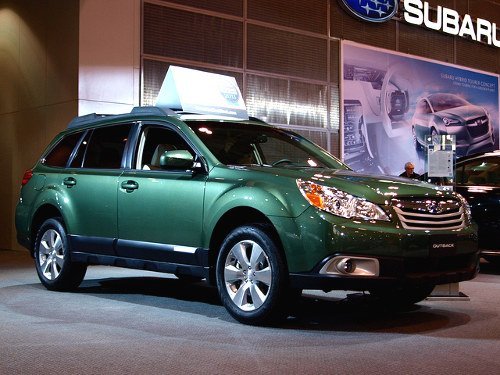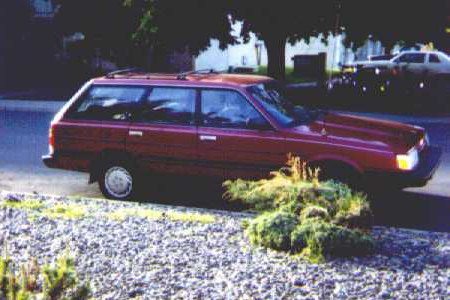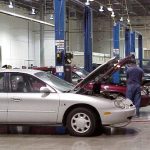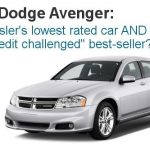Jack Payton is an auto enthusiast, road trip pioneer and a freelance writer for the online tire retailer tires-easy.com. For more of Jack’s musings see his recent piece on road trip disasters.
She hadn’t outright said it, but I could tell. All the signs were there. It was a reality that I was going to have to face sooner or later.
My wife wanted a new car.

I’ve got a garage full of cars and trucks in various states of repair (mostly disrepair) and we have a relatively new all-wheel drive wagon that I have been hogging for my daily commute. My wife has been left with Old Reliable – 13 years young and counting. So I was sort of getting the better of the deal.
Being a rabid automotive enthusiast, the idea of having a shiny new toy to break in sounded fairly appealing – all too appealing actually, when weighed against my reluctance to spend money frivolously or incur any unnecessary debt.
But if my wife had her mind set on a brand new car herself, I probably would have yielded under the pressure, the balance being tipped away from my parsimonious side towards my more profligate tendencies.
Finally, we had the talk. Yes she wanted a newer car. But she also wanted to make a sensible financial decision. So together we vowed to look at the pros and the cons and pencil out the numbers to see what our best move would be.
Doing The Pros and Cons List
We didn’t want to rush into a decision, particularly a buying decision that can be so instructed by glitzy marketing and the desire to get something flashy. If I’m going to drop twenty-$-large on something, I sure don’t want to do it hastily, succumbing to the desire to impulse buy based on some extravagant advertisements.
So we began weighing the advantages and disadvantages. On one hand, new cars are spendy. We knew that, but taking a hard look at the cost in total is important. We realized that purchasing the new car outright would cost us almost a third of our savings, which wasn’t particularly appealing to us.
Even less appealing was the thought of overpaying in the long term because we didn’t have the cash to cough up in the short. In other words, we weren’t much interested in being railroaded by the monthly amortization payments that are inherent in any new car loan.
On the other hand, replacing our older vehicle could have some financial advantages. For one, the annual repair costs of Old Reliable had been growing and any reasonable estimate would conclude that these costs are going to rise as the vehicle ages.
Though our actual yearly maintenance on our older vehicle was around $500, we decided to budget conservatively and thus assumed our yearly costs going forward to be $750. Over the course of the next ten years, that total amount would be roughly a third of what we would be paying for a new replacement.
That was the telling figure. Even adjusting for the possibility that our old car would need some major repairs in the coming years – a new transmission, for instance – it would still be markedly cheaper than purchasing a new automobile.
In fact, we realized that we could likely maintain our old vehicle for the next ten years AND purchase a pre-owned vehicle in a year or two and maintain it for ten years, all for the cost of a new car.
As much as we both wanted to bask in the aroma of that new car smell, once we sat down and crunched the numbers, it just didn’t make the most sense for us at this time.
So we decided to splurge on some new upholstery for Old Reliable and a new sound system as well. This gave us the illusion that we had something new and different and allowed us to be cheerfully resigned to the fact that it is going to be our car for a couple more years.

My point here is not that you should not buy a new car or that you should continue to ride in that old jalopy until it breaks down on you. That isn’t it. But I do think it is important that before you undertake a large-scale decision like a new car purchase you sit down as a family and weigh the advantages and disadvantages.
In our case, the former did not measure up to the latter. This deliberate and reasoned examination of our situation likely saved us thousands upon thousands of dollars.




